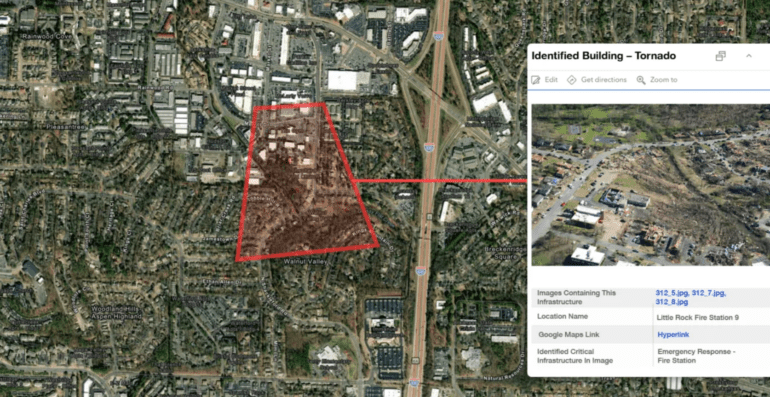- Alphabet’s X unveils Project Bellwether, leveraging AI to predict natural disasters like wildfires and floods in real-time.
- Collaboration with the US National Guard’s Defense Innovation Unit aims to revolutionize emergency response protocols.
- Bellwether’s AI tools streamline data analysis, enabling swifter identification of disaster-affected areas and critical infrastructure.
- The toolkit includes predictive models for wildfire risk up to five years ahead and response tools for post-disaster assessment.
- Partnership validates the efficacy of AI-driven solutions in disaster resilience and response efforts.
Main AI News:
In a world where natural disasters ravage communities with alarming frequency, the ability to predict and mitigate these events has become paramount. Alphabet’s ambitious moonshot factory, X, is stepping up to the challenge with its latest unveiling: Project Bellwether. This groundbreaking initiative leverages cutting-edge AI technology to forecast and identify disasters such as wildfires and floods in real-time, potentially reshaping emergency response protocols worldwide.
“Bellwether is X’s moonshot to understand and anticipate changes across the planet,” explains project lead Sarah Russell. “By harnessing recent advances in machine learning, we aim to empower organizations, communities, and businesses to make smarter decisions regarding the natural environment.“
The urgency of Bellwether’s mission is underscored by its collaboration with the United States National Guard’s Defense Innovation Unit (DIU). Current technologies often result in delayed response times, exacerbating the toll on lives and infrastructure. Bellwether’s “prediction engine” promises to revolutionize this process, enabling swifter and more targeted interventions.
Colonel Brian McGarry of the National Guard highlights the inefficiencies of current methods, where analysts must manually sift through data to identify disaster-affected areas. Bellwether’s AI-driven approach streamlines this process, enabling rapid identification of critical infrastructure and assessment of damage, thereby expediting emergency response efforts.
Bellwether’s toolkit comprises two key components: a predictive model capable of forecasting wildfire risk up to five years in advance and a response tool to aid first responders in identifying and prioritizing critical infrastructure post-disaster. This comprehensive approach not only enhances preparedness but also minimizes the human and economic costs associated with natural calamities.
Alphabet’s venture into disaster prediction is not new, with Google having previously explored the potential of machine learning models in this domain. However, Bellwether’s partnership with the National Guard represents a significant milestone, validating the efficacy of AI-driven solutions in safeguarding communities from the unpredictable forces of nature. As Bellwether continues to evolve, its impact on disaster resilience and response capabilities is poised to be truly transformative.
Conclusion:
Alphabet X’s Bellwether initiative marks a significant advancement in disaster prediction and response capabilities. The collaboration with the National Guard underscores the potential for AI-driven solutions to transform emergency management protocols, offering new opportunities for market growth and innovation in the disaster preparedness sector.

